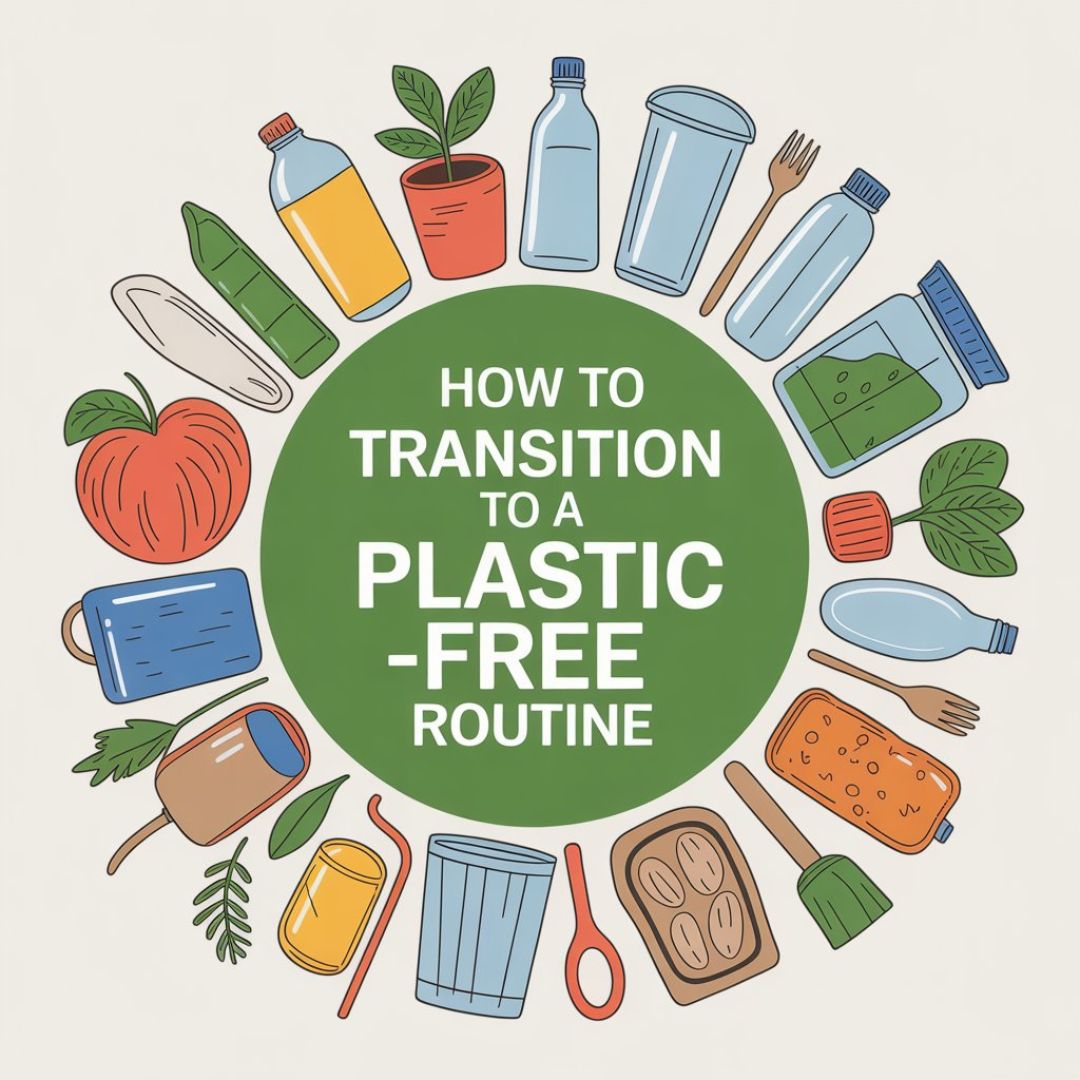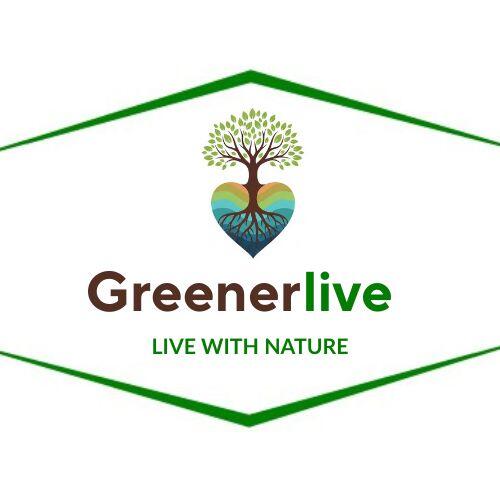How to Transition to a Plastic-Free Routine

Plastic is everywhere—from food packaging and toiletries to shopping bags. Though it feels unavoidable, its environmental and health impacts have sparked a movement toward plastic-free living. The transition doesn’t have to be overwhelming. With small, intentional steps, you can reduce your plastic use and adopt a healthier, more sustainable routine.
Every small step away from plastic is a giant leap toward a cleaner planet.
Why Go Plastic-Free?
- Over 8 million tons of plastic enter the oceans every year, harming marine life. Plastic persists for centuries, breaking down into microplastics.
- Chemicals like BPA and phthalates can leach from plastics into food and drinks, affecting hormones and well-being.
- Every swap away from plastic aligns daily habits with long-term sustainability values.
Step 1: Identify Plastic Hotspots
Begin by observing where plastic appears in your daily life. Do you rely on bottled water, cling film, or plastic-packaged snacks? Keep a simple log for a week to see patterns. Focus on single-use plastics first—they’re easy to replace and have the biggest impact.
Step 2: Shop Smarter
Small changes in shopping can reduce a significant amount of plastic waste. Carry reusable cotton or jute bags, buy in bulk with your containers, choose loose produce, and select glass, tin, or paper packaging over plastic.
Step 3: Create a Plastic-Free Kitchen
The kitchen generates much plastic waste. Use glass jars, stainless steel containers, or beeswax wraps instead of cling film. Switch to stainless steel or glass water bottles, choose loose-leaf tea or a French press, and use bamboo or steel utensils. Don’t discard existing plastic containers—replace them gradually.
Step 4: Plastic-Free Bathroom Essentials
Replace plastic-packaged toiletries with bar soaps, shampoo bars, toothpaste tablets, bamboo toothbrushes, and stainless steel razors. DIY scrubs and natural skincare reduce packaging and save money.
Step 5: Reduce On-the-Go Waste
Prepare for life outside your home: carry a reusable water bottle, coffee cup, and utensils. Use reusable straws, pack snacks in containers, and bring homemade drinks instead of bottled options.


Step 6: Clothing & Household Shifts
Choose natural fabrics like cotton, hemp, or linen. If wearing synthetics, use microplastic-catching laundry bags. Make DIY cleaners from vinegar, lemon, and baking soda, or buy in bulk to minimize plastic packaging.
Step 7: Build a Supportive Environment
Share your journey with friends or online and join sustainability communities for tips and encouragement. Remember, plastic-free living is about progress, not perfection.
Step 8: Shift Your Mindset
Value durability over convenience, buy less, and prioritize reuse over recycling.
Overcoming Challenges
Plastic-free swaps may seem expensive at first, but they last longer and save money over time. Start small—one reusable bottle or bag—and gradually add more. Total avoidance isn’t required; even reducing usage makes a difference.
Final Thoughts
Plastic-free living is empowering. Begin with small swaps in bags, bottles, and kitchen essentials, then extend to toiletries, clothing, and household items. Every piece of plastic you refuse today is one less polluting the planet tomorrow. Small steps truly add up.
